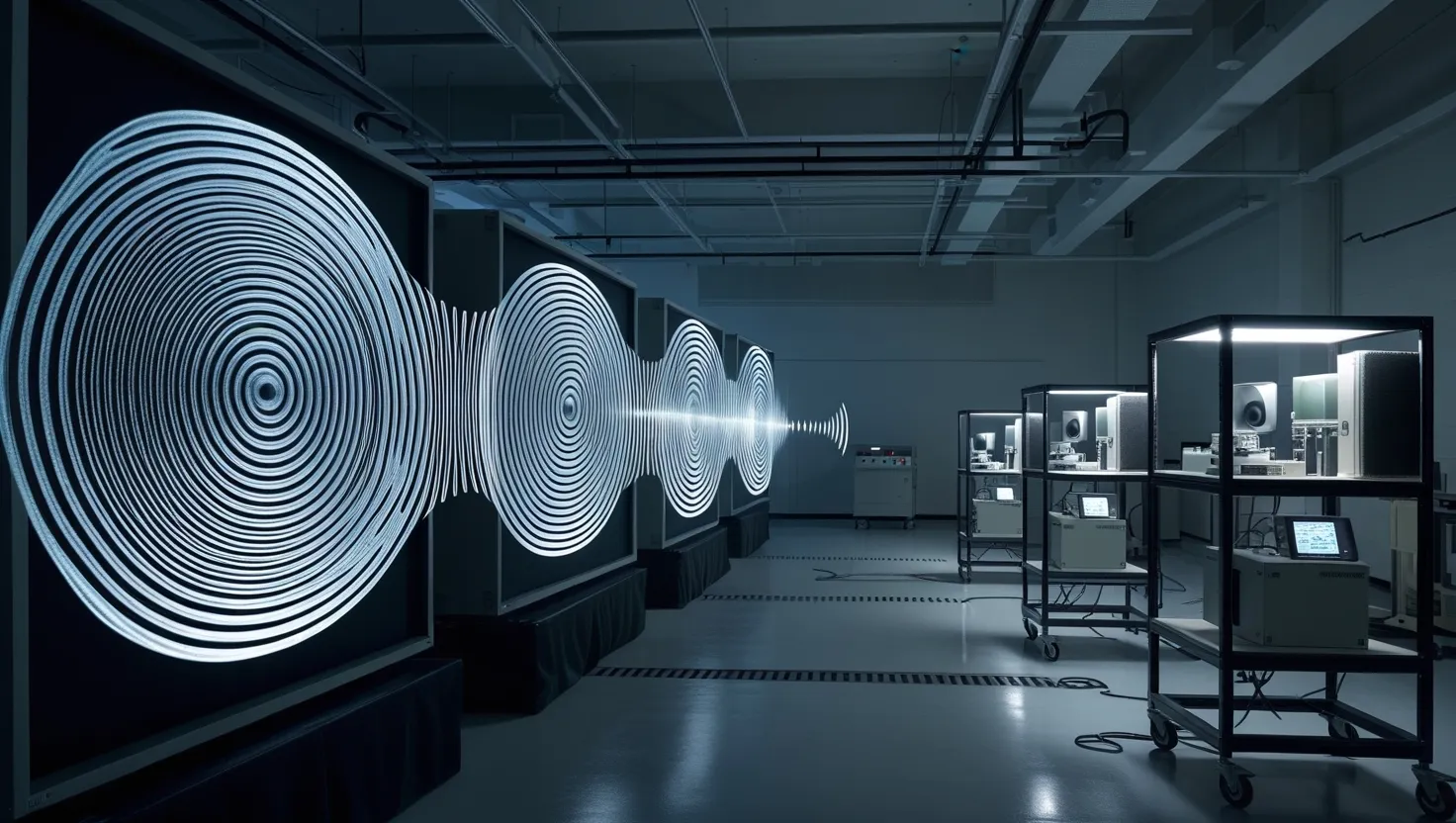As I delve into the mysteries of the ancient world, one artifact stands out for its sheer ingenuity and enigmatic presence: the Antikythera mechanism. This ancient Greek device, often referred to as the world’s first analog computer, has been a subject of fascination for over a century, and its story is as intriguing as it is complex.
The Discovery
Imagine diving into the depths of the Mediterranean Sea, only to stumble upon a shipwreck that dates back to the first century BCE. This is exactly what happened in 1900 when sponge divers off the coast of the Greek island of Antikythera uncovered a treasure trove of ancient artifacts. Among the statues and amphorae, a small, mysterious object caught the eye of archaeologist Valerios Stais in 1902. What appeared to be a rocky slab turned out to be a fragment of a sophisticated mechanical device, embedded with gear wheels.
Unveiling the Mechanism
The Antikythera mechanism, as it came to be known, is a marvel of ancient engineering. Made from bronze sheets, it was originally housed in a wooden case about the size of a shoebox. The device is adorned with Greek inscriptions on its doors and faces, which have been crucial in understanding its purpose. At its core, the mechanism features over 30 interlocking gear wheels, a level of complexity that would not be seen again until the medieval era with the construction of cathedral clocks.
Astronomical Precision
This ancient device was designed to calculate and display a wealth of astronomical information. On its front, a large dial shows the positions of the Sun and the Moon in the zodiac, complete with a half-silvered ball to depict lunar phases. The mechanism’s drive train for the lunar position is particularly sophisticated, using epicyclic gearing and a slot-and-pin mechanism to mimic the subtle variations in the Moon’s motion. This level of precision was unprecedented and speaks to the advanced understanding of astronomy that the ancient Greeks possessed.
Calendars and Cycles
The back of the mechanism boasts several dials that track various astronomical cycles. One of the large dials displays the Metonic cycle, a 19-year period that aligns solar years with lunar months. This cycle, known from Babylonian astronomy, was crucial for regulating calendars. Another dial shows the saros cycle, an 18.2-year period used to predict solar and lunar eclipses. There is also a subsidiary dial that indicates when the Panhellenic games, including the ancient Olympic Games, would take place.
Theoretical Models and Modern Research
Despite its age, the Antikythera mechanism remains a subject of active research. In recent years, a team from University College London (UCL) has proposed a theoretical model for how the front part of the mechanism might have worked. This model combines cycles from Babylonian astronomy, mathematics from Plato’s Academy, and ancient Greek astronomical theories. The researchers have managed to create a plausible scheme that conforms to all the physical evidence and matches the descriptions in the scientific inscriptions on the mechanism itself.
However, the challenge remains in determining whether this model could have been feasible with the technology available to the ancient Greeks. The proposed arrangement of nested, hollow tubes would have required precision engineering that is questionable given the tools of the time. Researchers are now working to recreate the model using methods that would have been available to ancient craftsmen.
Historical Context and Speculations
The Antikythera mechanism is not just a technological marvel but also a window into the scientific and cultural landscape of ancient Greece. It reflects an understanding of the universe that was geocentric, with the Earth at its center, and incorporates knowledge from earlier Middle Eastern scientists, particularly from Babylon. The device’s design uses several Babylonian period relations, such as the Metonic cycle and the saros cycle, to predict astronomical events.
Speculations about the mechanism’s origins and purpose abound. Some believe it may have been based on a design by the renowned mathematician and engineer Archimedes, who lived before the device was built but whose work could have influenced later generations. Others wonder if such devices were more common in the Hellenistic world but have since been lost to time.
Forgotten Civilizations and Conspiratorial Theories
While the Antikythera mechanism is widely recognized as an astronomical calculator, it has also sparked more fanciful theories. Some speculate that it could be evidence of forgotten civilizations or even advanced knowledge gifted by extraterrestrial visitors. These theories, though intriguing, remain in the realm of science fiction rather than fact.
However, the mechanism does hint at a level of technological sophistication that challenges our conventional views of ancient Greek capabilities. It suggests that the ancient Greeks were far more advanced in their understanding of astronomy and mechanical engineering than previously thought. This raises questions about what other innovations might have been lost over the centuries and whether there are more secrets waiting to be uncovered.
Personal Reflections and Wonder
As I reflect on the Antikythera mechanism, I am struck by the ingenuity and curiosity of our ancient ancestors. This device is more than just a relic of the past; it is a testament to human innovation and the relentless pursuit of knowledge. It reminds us that even in ancient times, people were driven by the same desire to understand and predict the world around them that drives us today.
The story of the Antikythera mechanism is a captivating blend of archaeology, science, and wonder. It invites us to ponder the true scope of ancient ingenuity and to appreciate the intricate beauty of a device that, despite being over 2,000 years old, still holds many secrets and mysteries waiting to be unraveled.
In the end, the Antikythera mechanism stands as a powerful reminder of the enduring legacy of human curiosity and the boundless potential of the human mind. Whether you view it as a marvel of ancient technology or a hint at something more extraordinary, this device is undeniably a treasure that continues to inspire and intrigue us to this day.






